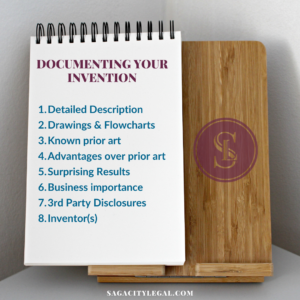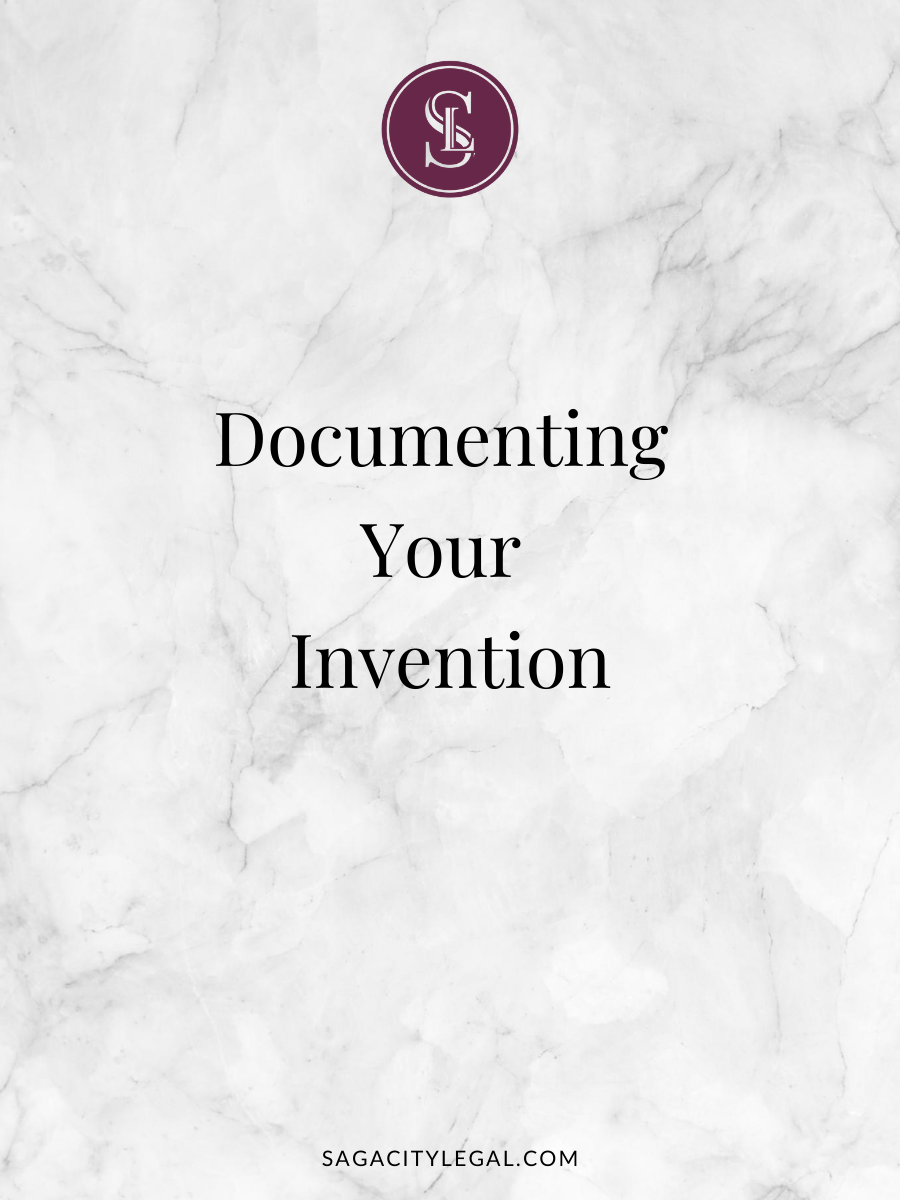
I love my job, in fact, working with inventors to protect their amazing ideas is so rewarding. When inventors come to me for patent protection, documentation (or lack of it) makes a huge difference. This blog post addresses the use and value of invention disclosures for documentation purposes.
Invention Disclosures

How to memorialize and track inventions?
Many companies employ a method of invention reporting which captures ideas in the form of an invention disclosure. A standard invention disclosure ensures that the document is in the form of a confidential communication from the inventor directly to a patent practitioner. The invention disclosure therefore expresses an intent to obtain legal advice regarding the invention. This process establishes a privileged communication between the inventor and legal counsel.
What Should Invention Disclosures Include?

At the minimum, invention disclosures contain a detailed description and drawings of the invention. Ideally, they also contain prior art differentiation and significant improvements with the invention. Tracking third party interactions protects against loss of rights due to inadvertent public disclosure.
Avoiding Future Legal Problems with Invention Disclosures
It’s important to treat invention disclosures as “confidential and privileged” documents. Specifically, avoid statements and opinion about the prior art, the features of the invention, the shortcomings of the invention, and comments on a “design-around” of a competitor’s product. Such relatively harmless statements potentially provide a litigator with a treasure trove of problems for the inventor’s employer in the future.
It’s also important to save invention disclosures in electronic form for future access. Having a database or document management system that records and tracks the receipt of the invention disclosure is an additional best practice.
Using Invention Disclosures for Decision Making

The invention disclosure process helps with decision making. Correct follow-on procedures for the various decisions provide clarity between inventors, management, and/or with consultants or collaborators as to the intended use.
Option 1: Pursue a Patent Filing
When the invention may be patentable, the elements of timing for patent filings will come into play, and a process should be established for moving toward a filing of the invention to avoid inadvertent abandonment of the innovation or other loss of rights.
Option 2: Hold the Invention as a Trade Secret
A trade secret is information that is not generally known to the public; confers economic benefit on its holder because the information is not publicly known; and where the holder makes reasonable efforts to maintain its secrecy. Documentation of trade secrets provides proof of these factors.
Option 3: Publish the Innovation as a Defensive Publication
Defensive publications create prior art against any future possible 3rd party inventor. This option may require additional strategic planning relative to the timing of the publication, if defensive.
Option 4: Take No Further Action.
Documentation of an invention and justification for no further action memorializes today’s decision for tomorrow’s questions.
Do you and/or your business need help with implementing invention disclosures? I’m here for you. Contact me here.
Want to take the first step to legally securing your success? Get your Free Ebook today!


leave a comment on this post.